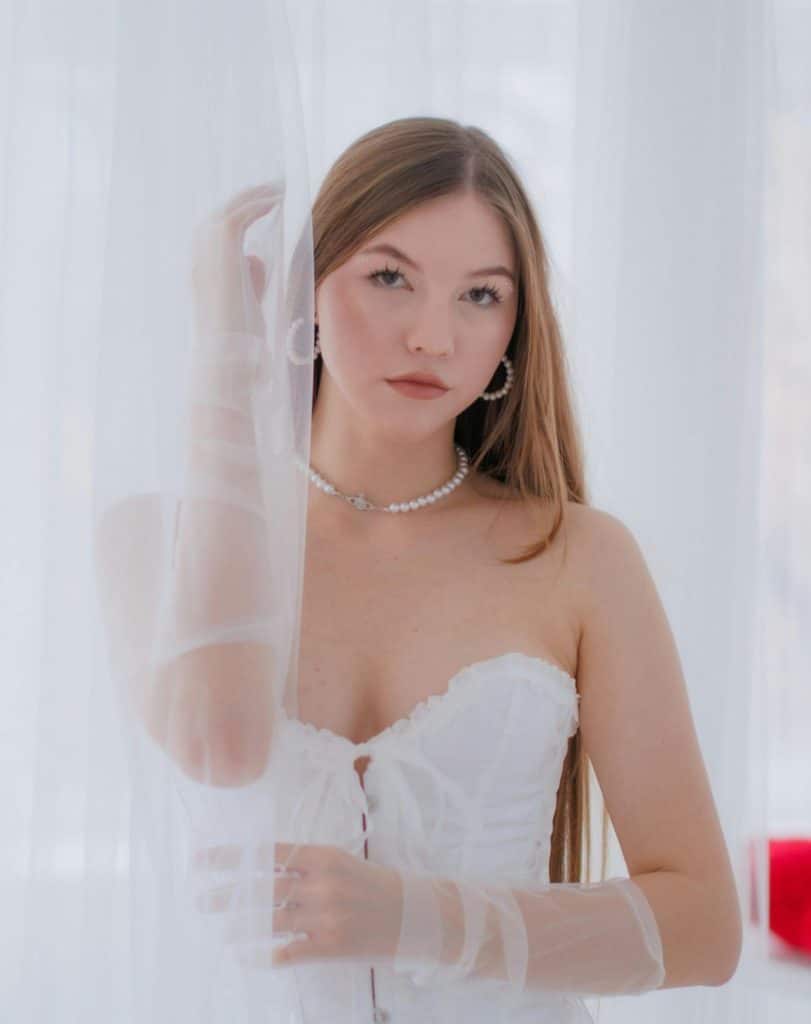So, you’re thinking about upgrading your outdoor space with lighting? Smart move. Landscape lighting isn’t just for show—it’s also about safety, security, and creating the kind of curb appeal that makes people slow down as they pass by your house.
But here’s the thing. One wrong spotlight, and suddenly your cozy patio looks like a stadium. Or worse—your flagpole’s lit like a crime scene. That’s why getting the right kind of flagpole lighting (and every other kind of lighting, too) matters more than you might think.
Good lighting is subtle, thoughtful, and practical. It guides the eye. It sets a mood. And when done right? It can make even a small backyard feel like a luxury resort.
Want to get it right the first time? Keep reading. We’ve got you covered with the most important dos and don’ts of landscape lighting—so your yard glows for all the right reasons.
The Dos of Landscape Lighting
Start with a Layout Plan
Wandering through the lighting aisle without a plan is like buying furniture for a room you haven’t measured. Things won’t fit. Or worse, they’ll clash.
Before buying anything, ask:
- What areas do I want to light?
- What features do I want to highlight?
- Where are the power sources?
Sketch out your yard. Think about trees, walkways, and any structures. A simple plan will help you figure out where the lights go before they end up in the wrong spot.
Think Like a Guest
Stand at the edge of your yard. Walk toward your house like it’s the first time you’ve seen it.
What do you notice? Where do your eyes go?
This trick helps you see your space like a visitor would. Maybe the path to your door is darker than you realized. Maybe your favorite tree deserves a little spotlight. Maybe the garage lights are blinding. You won’t know until you try this.
Also, don’t forget the flagpole. A subtle beam pointing upward works best for [flagpole lighting], adding just the right glow without overpowering the surroundings.
Highlight Architectural and Landscape Features
Got a stone wall? A fountain? A big beautiful oak tree?
Use light to call attention to it.
Uplights can bring out the texture in brick or bark. Spotlights work well for statues or water features. Just don’t light everything at once. Select a few focal points to prevent your yard from resembling a showroom.
Think of it like makeup: highlight one or two features. Let the rest complement them.
Use Warm, Consistent Color Temperatures
Here’s where a lot of people go wrong.
One part of the yard glows yellow. Another shines white-blue like a fridge light. It feels messy. Disconnected.
Stick to warm tones—2700K to 3000K is your sweet spot. These give off a soft, welcoming vibe. Use the same temperature across your whole yard to keep things cohesive.
Light for Safety and Security
Yes, lighting can make your home look great. But more importantly, it should help people feel safe.
Place lights near:
- Steps and stairs
- Pathways
- Entry doors
- Garage doors
Not only does this help guests avoid tripping, but it also deters burglars. A well-lit home is much less of a target.
Layer Your Lighting Techniques
Don’t just stick to one type of light. Mix it up.
Try:
- Spotlights to highlight trees or walls
- Path lights to guide foot traffic
- Downlights from above for a moonlit effect
- Ambient lights for soft background glow
Layering creates depth. It makes your yard feel designed, not accidental.
Think Long-Term
Quick tip: Buy quality now, save later.
Choose weather-resistant fixtures. Go for LED bulbs—they last longer and use less power. And while you’re at it, add timers or motion sensors. They cut down on waste and keep your yard lit only when it needs to be.
Long story short? Plan for the future, not just the photo op.
The Don’ts of Landscape Lighting
Don’t Overlight Every Inch of Your Yard
You’re not hosting a late-night soccer match. Lighting too much space can feel harsh and overwhelming.
Leave some areas in shadow. Let your eye travel naturally from one lit area to the next. That contrast between light and dark? That’s what makes a space feel cozy.
Don’t Use Mismatched Fixtures or Bulbs
Different styles. Different temperatures. Different brightness levels.
Put them all together and you get chaos.
Even if you buy fixtures from different brands, make sure they match in color and tone. Your lighting setup should feel like a single design, not a clearance aisle mashup.
Don’t Forget About Glare Control
Nothing kills the mood faster than being blinded by a light fixture aimed straight at your face.
Position your lights carefully. Use glare shields. Angle beams down, not up into people’s eyes. Your guests (and your neighbors) will thank you.
Don’t Place Fixtures Too Close Together
Spacing matters. Lights placed too closely can cause:
- Hot spots
- Overlapping beams
- Wasted energy
Instead, allow room for light to spread. A little space between fixtures goes a long way in creating a balanced look.
Don’t Set It and Forget It
Outdoor lights need love, too.
Leaves pile up. Fixtures shift. Bulbs burn out.
Check your lighting setup at least once per season. Clean the lenses. Adjust the angles. Replace any bulbs that are fading. A little maintenance keeps your setup looking sharp year-round.
Let Your Yard Shine—The Right Way
Landscape lighting isn’t about adding brightness. It’s about adding purpose.
When done right, lighting transforms your outdoor space. It guides people safely. It highlights beauty. It turns your house into a home that glows after dark.
But here’s the secret: balance is everything. Plan before you plug. Focus on features, not floods. Keep it consistent, soft, and safe. Whether you’re lighting a path, a pergola, or installing [flagpole lighting], remember—less is often more.
So, before you pick up that next fixture or start burying wires, come back to this guide. Do the right things. Avoid the wrong ones.
And then?
Sit back. Flip the switch. Watch your yard light up like magic.





















